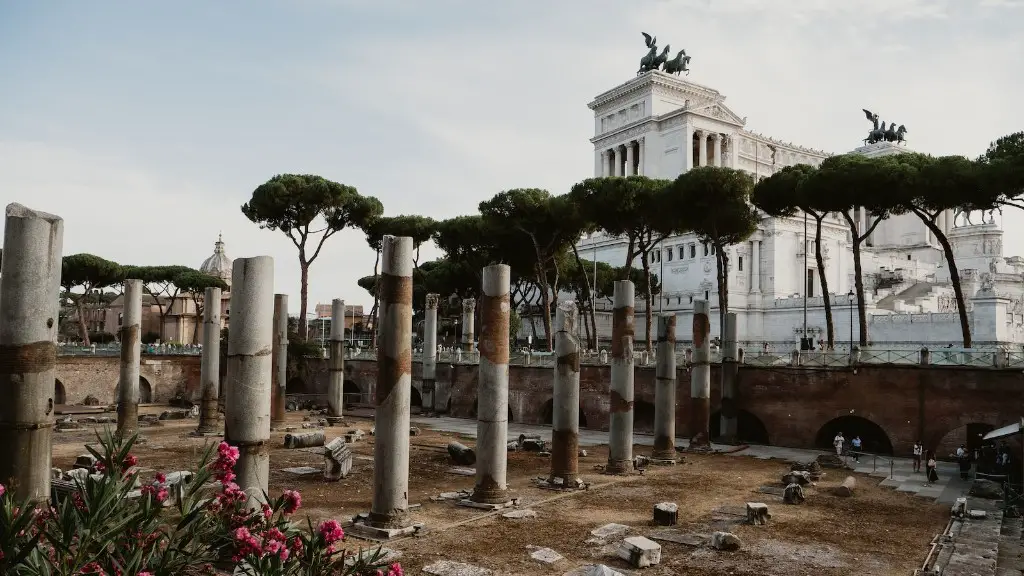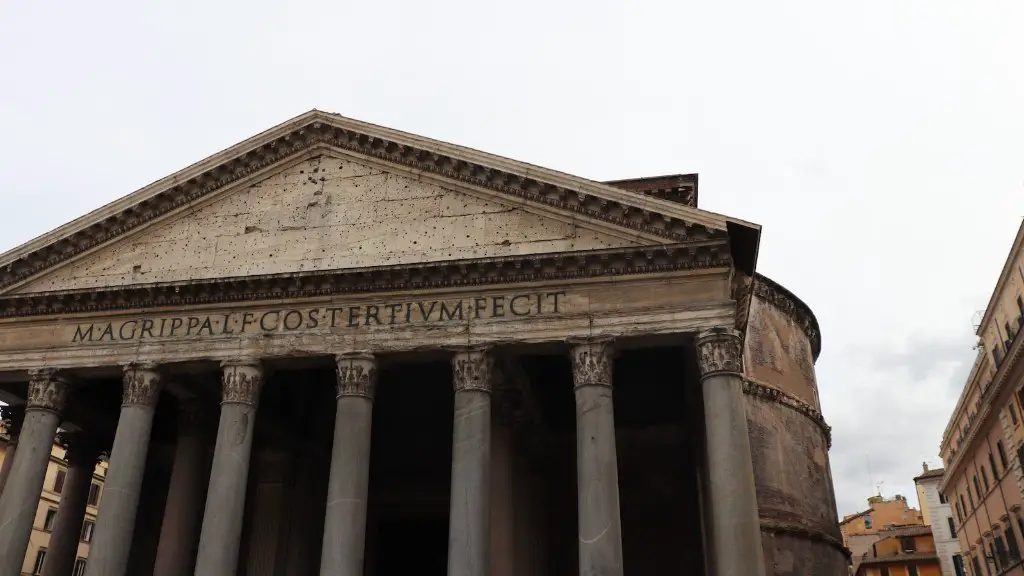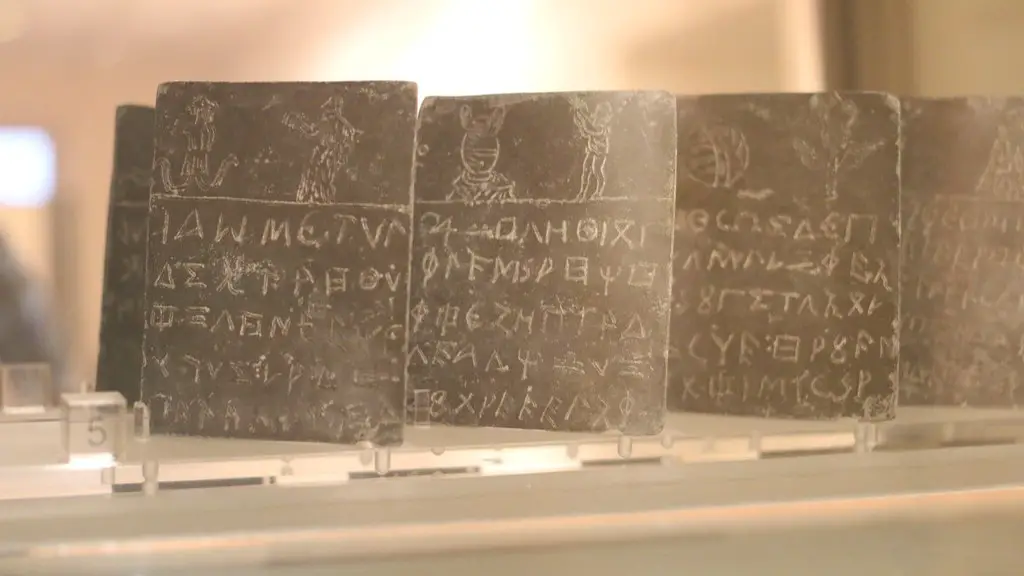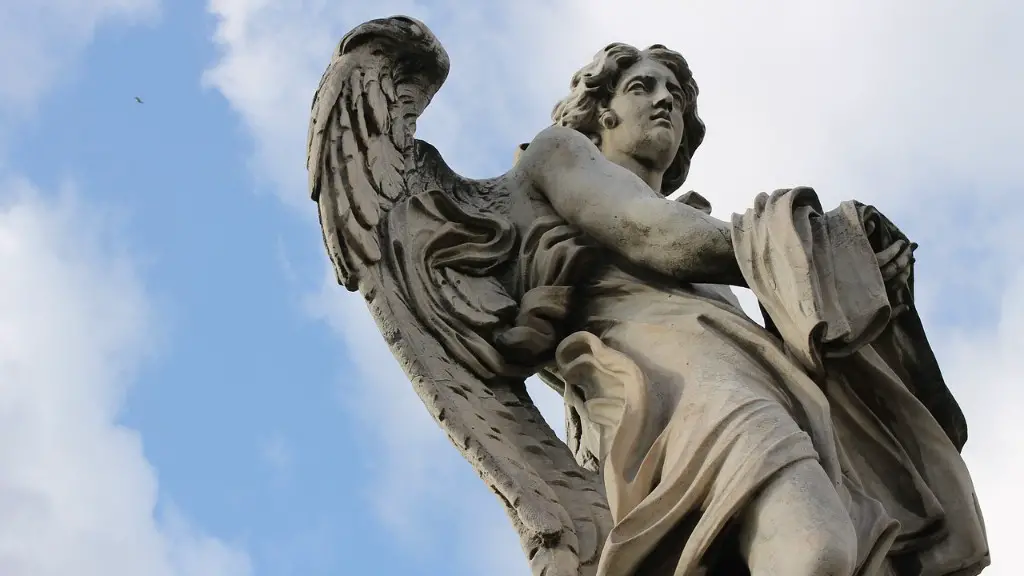The Roman civilization was one of the most influential in human history. For centuries, Rome dominated the Western world. The Roman way of life and government spread throughout Europe and beyond. Even today, we can see the influence of Rome in our language, art, and architecture.
The ancient Romans were a highly advanced civilization with a rich history of art, culture, and engineering. They were also very good at war and conquered many lands.
What was the education in ancient Rome?
The Romans education was based on the classical Greek tradition but infused with Roman politics, cosmology, and religious beliefs. The only children to receive a formal education were the children of the rich. The very rich families employed a private tutor to teach their children.
It was important for them to know how to read and write so that they could get into high paying jobs and into politics. Other things that the teachers taught were Greek, literature and math. The main subjects in school were public speaking.
What was the main subject taught in ancient Rome
Teachers in ancient Greece taught more than just reading and writing. They also taught math and Greek literature. But the main subject was Oration or public speaking. School started before sunrise with students working using candles or oil lamps.
There are many things that we take for granted in modern life that were actually invented by the Ancient Romans! Here are just a few examples:
-Roads: The old proverb “all roads lead to Rome” (usually interpreted as “many paths may lead one to the same goal”) stems from the fact that originally they sort of did, or rather they came from Rome.
-Central heating: The Roman hypocaust system of central heating was very advanced for its time and is still used in some parts of the world today.
-Concrete: The Roman invention of concrete was so durable and strong that many of their buildings and structures are still standing today.
-The calendar: The Roman calendar was very accurate and is the basis for the modern calendar that we use today.
-Flushing toilets and sewers: The Roman system of public toilets and sewers was very advanced for its time and was a big step forward in public health.
What were girls taught in Roman times?
The education of women was a controversial subject in the Roman period. Basic skills of reading and writing were taught to most girls in the Roman upper and middle classes, while some families went further and employed private tutors to teach their daughters more advanced grammar or Greek. Some people believed that women should be educated so that they could be better wives and mothers, while others believed that women’s education would lead to them becoming more independent and less likely to be submissive to their husbands.
It is interesting to note that, in general, girls did not go to school in the past. Girls from rich families did receive an education, but this was done at home. Here they were taught how to run a good household and how to be a good wife in general – in preparation for the time they got married. It is clear that the education of girls has come a long way since then!
What language did Romans learn?
Latin is a language that was spoken by the ancient Romans. The Latin language is a Romance language that developed from the Vulgar Latin of the Roman Empire. The Latin alphabet is the basis for the English alphabet and many other alphabets. The Latin language has contributed many words to the English language.
Roman soldiers were required to train for four months before being considered battle-ready. They learned marching skills first, followed by learning how to use their weapons. Then they began to spar with other soldiers. During the training exercise, the soldiers would also be taught to obey their commanders and either the Republic or the Emperor.
What did Romans do for fun
According to historical records, the ancient Romans were quite fond of games and entertainment. The state provided a variety of ludi, or games, for the people’s enjoyment, including theatrical performances, dances, and chariot races. Munera, or spectacles, were also popular, such as gladiator combats, wild animal shows, and other unusual exhibitions.
The ancient Romans were a people known for their military, political, and social institutions. They conquered vast amounts of land in Europe and northern Africa, built roads and aqueducts, and spread Latin, their language, far and wide.
What are 5 things about ancient Rome?
Rome was founded in 735 BC and was thought to be founded in 753 BC by Romulus. Cats are free to roam in Rome and the Roman’s eyes were bigger than their stomach. Men could only wear togas and women wore stolas. The coins in the Trevi Fountain were a Roman breathalyzer and Colosseum Casualties.
Class structure in ancient Rome was very formal and official. Citizens were the ruling class and they held all the power. Noncitizens were the middle class and they did not have any political power. Slaves were the lowest class and they did not have any rights.
What 5 things did Rome give us
The Romans were a huge part in developing our society as we know it today. Here are 13 things that they did for us:
1. Fast food – They were the first to introduce street stalls and ‘food on the move’ as we think of it today. This was a huge convenience for people and is still a popular option today.
2. Advertising and Trademarks – They were also responsible for developing advertising and creating trademarks. This helped promote businesses and products, and is still a vital part of marketing today.
3. Plumbing and Sanitation – They developed early plumbing and sanitation systems, which were essential for public health and safety. This is something we take for granted today, but it was a major innovation at the time.
4. Towns – The Romans were responsible for developing many of the towns and cities we know today. They created a network of roads and infrastructure that allowed for trade and travel.
5. Architecture – Roman architecture is some of the most iconic and recognizable in the world. They helped to develop many of the building techniques and styles that we still use today.
6. Roads – The Romans built an extensive network of roads that allowed for trade and travel across the empire. This was
Even though the Roman Empire is long gone, its influence can still be seen in many aspects of our lives. From the bridges and stadiums we use every day to the books we read and the words we speak, the ancient Romans have left a lasting mark on our world. Thanks to their ingenuity and creativity, we continue to enjoy the fruits of their labor even centuries later.
What is the most famous thing in ancient Rome?
The Colosseum is an ancient Roman ruin that is one of the most recognized landmarks in Rome. It was once the ground for gladiator contests that would entertain the masses. The Colosseum is packed with ancient history and is a must-see for anyone visiting Rome.
The legal age for marriage varied throughout history and across cultures, but was usually around 12 for girls and 14 for boys. In Roman times, women generally married in their late teens to early twenties, but noble women married younger than those of the lower classes. An aristocratic girl was expected to be a virgin until her first marriage.
Final Words
In ancient Rome, children learned how to read, write, and do arithmetic. In addition, they were taught about Roman history and culture. Boys also learned how to fight in wars, while girls were taught how to cook and take care of a home.
The ancient Romans were a highly advanced society for their time. They learned to build great roads and aqueducts, and their architecture is still admired today. They developed a system of law and governance that was fair and just, and their military was second to none. In short, the ancient Romans were a remarkable people who left a lasting legacy.





